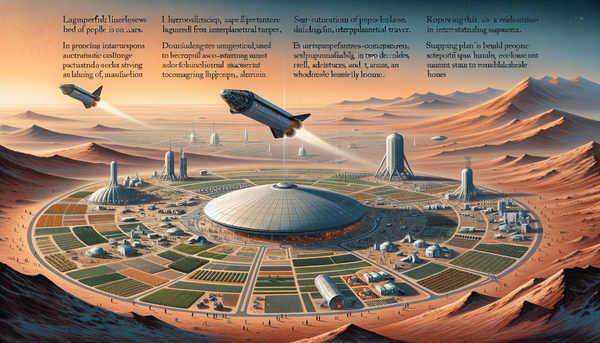NASA's DART Mission Unveils New Data on Twin Asteroid System

NASA's Double Asteroid Redirection Test (DART) mission has provided new insights into the binary asteroid system of Didymos and Dimorphos. Led by Olivier Barnouin and Ronald-Louis Ballouz of Johns Hopkins Applied Physics Laboratory, the study utilized data from DART and the LICIACube cubesat, revealing significant geological details. Didymos, the larger of the two, exhibits a smoother surface at lower elevations and is significantly older than its smaller companion, Dimorphos. The surface of Didymos features large boulders, while Dimorphos is characterized by boulders of varying sizes, indicative of rapid surface changes due to thermal fatigue.
The research, published in Nature Communications, suggests that Didymos and Dimorphos likely originated from a mass shedding event, where material from Didymos coalesced to form Dimorphos. This supports the theory that binary asteroid systems can form from the remnants of a larger parent asteroid. The DART mission, which successfully altered Dimorphos’ orbit in 2022, has not only demonstrated a method for planetary defense but also provided valuable data on asteroid formation and evolution. These findings have set the stage for further exploration, including the upcoming European Space Agency’s Hera mission to the Didymos system in 2026.




